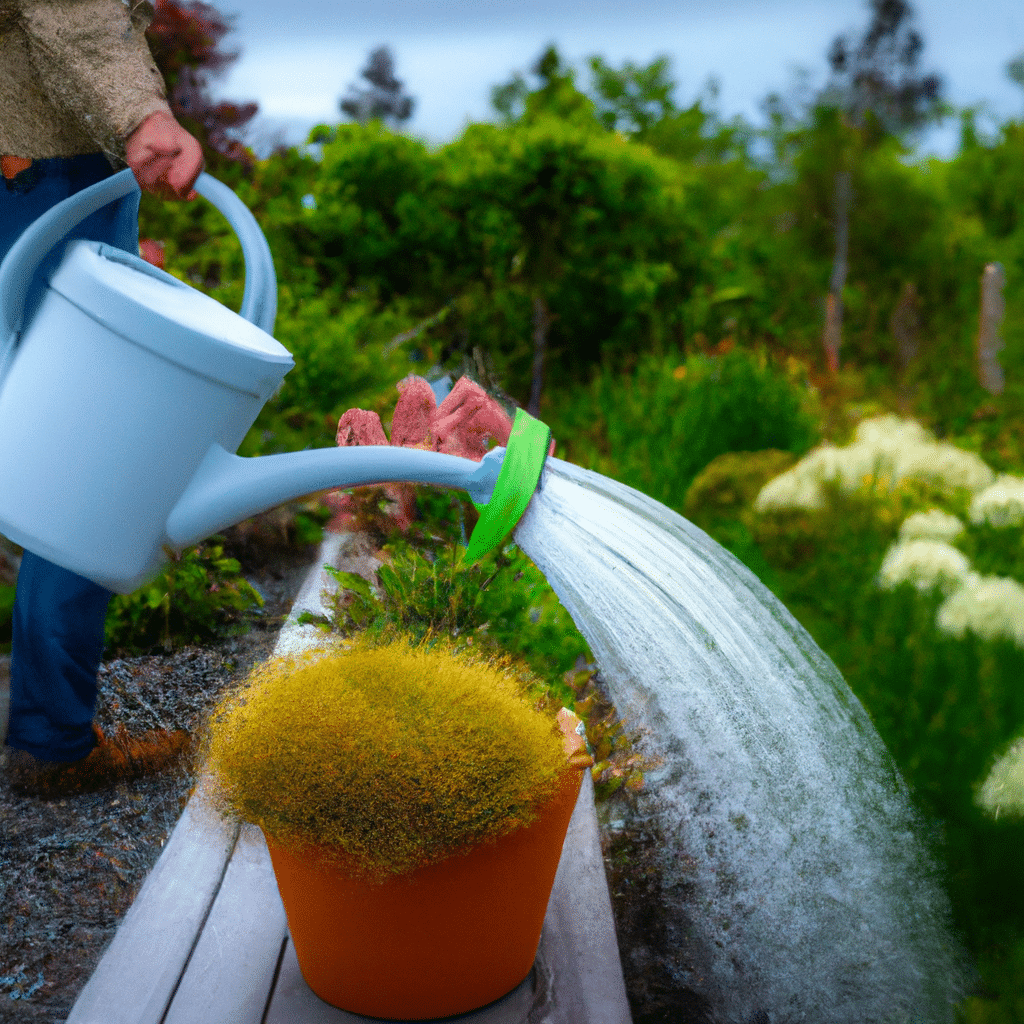Welcome to our comprehensive guide on revolutionizing your watering routine and efficiently hydrating your garden. In this article, we will explore lesser-known techniques and strategies that can help you achieve optimal results in maintaining a healthy and thriving garden. Whether you are a novice gardener or an experienced enthusiast, these tips will surely elevate your gardening game and help your plants flourish. Let’s dive in!

Understanding the Importance of Efficient Watering
Watering your garden is a fundamental aspect of plant care, and doing it efficiently is key to ensuring the overall health and vitality of your plants. Efficient watering not only conserves water but also prevents issues such as overwatering or underwatering, which can lead to plant stress, root rot, or even death. By adopting the right techniques, you can save time, money, and effort while promoting a sustainable gardening practice.
Assessing Your Garden’s Water Needs
Before we delve into the techniques, it’s crucial to understand the individual water requirements of your garden. Every plant has different needs based on factors like species, size, soil type, and climate. Conducting a thorough assessment of your garden will enable you to tailor your watering routine accordingly and avoid any unnecessary wastage.
Step 1: Knowing Your Plants
Start by familiarizing yourself with the specific water requirements of the plants in your garden. Some plants, like succulents, have low water needs, while others, like vegetables, demand more frequent watering. Research or consult gardening resources to gather information on each plant’s ideal watering schedule.
Step 2: Understanding Soil Moisture
Understanding the moisture-holding capacity of your soil is crucial for efficient watering. Different soil types, such as sandy, loamy, or clay, have varying water retention capabilities. Sandy soil drains water quickly, while clay soil retains moisture for longer periods. Conduct a soil moisture test by digging a small hole and observing how quickly water is absorbed or drains out. This will help you determine the optimal watering frequency.
Step 3: Observing Weather Conditions
Weather conditions play a significant role in determining your garden’s watering needs. Take note of rainfall patterns, temperature, humidity, and wind conditions in your area. Adjust your watering schedule accordingly, avoiding overwatering during rainy seasons or periods of high humidity.
Efficient Watering Techniques
Now that we have a solid foundation of understanding, let’s explore some little-known techniques that can revolutionize your watering routine and help you achieve efficient hydration for your garden.
Technique 1: Deep Watering
Deep watering involves applying water directly to the roots, encouraging them to grow deeper into the soil. This technique promotes stronger and more resilient plants, as deep roots are better equipped to withstand drought conditions. Use a soaker hose or drip irrigation system to deliver water slowly and deeply to the root zone. Avoid shallow watering, as it encourages shallow root growth and makes plants more susceptible to stress.
Technique 2: Mulching
Mulching is a fantastic technique for conserving water and maintaining soil moisture levels. By applying a layer of organic mulch, such as wood chips or straw, around your plants, you create a protective barrier that prevents evaporation and weed growth. Additionally, mulch helps regulate soil temperature and reduces the need for frequent watering.
Technique 3: Time Your Watering
Timing your watering sessions can significantly impact water absorption and minimize wastage. Watering early in the morning or late in the evening allows plants to absorb water more efficiently as the temperature is cooler, reducing evaporation. Avoid watering during the hottest parts of the day when water can evaporate rapidly, leaving less available for plant uptake.
Technique 4: Watering at the Base
Watering at the base of plants, rather than from above, helps minimize water loss through evaporation. Use a watering can or a hose with a nozzle attachment to target the soil around the plant’s base. This method ensures that water is delivered directly to the roots, where it is needed most, without wetting the foliage unnecessarily.
Technique 5: Implementing a Watering Schedule
Creating a watering schedule based on your garden’s needs can streamline your routine and prevent under or overwatering. Consider factors such as plant type, soil moisture levels, and weather conditions when determining the frequency and duration of your watering sessions. Remember to adjust your schedule as necessary, especially during periods of rainfall or drought.
Technique 6: Investing in Smart Irrigation Systems
For those looking to take their watering routine to the next level, investing in smart irrigation systems can be a game-changer. These automated systems utilize sensors and weather data to adjust watering schedules and deliver water precisely when and where it is needed. With features like rain sensors and programmable timers, smart irrigation systems can optimize water usage and ensure efficient hydration for your garden.
Conclusion
Congratulations! You are now equipped with a wealth of knowledge on revolutionizing your watering routine and efficiently hydrating your garden. By understanding your garden’s water needs, implementing the techniques we discussed, and staying mindful of conservation practices, you can create an optimal environment for your plants to thrive. Remember, efficient watering not only benefits your garden but also contributes to a sustainable and eco-friendly approach to gardening. So go ahead, apply these little-known techniques, and witness the transformation in your garden’s health and beauty. Happy gardening!



